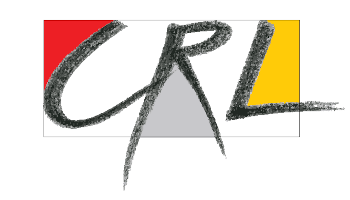
Dictionary
The number of radioactive decays from a given radionuclide per unit of time is expressed in Bq (becquerel). Activity of 1 Bq corresponds to one radioactive decay per second.
For radiocarbon dating, the activity of 14C represents the proportion of the radionuclide in the carbon isotope mixture (according to the Stuiver-Polach convention). After correction for isotopic fractionation, the activity can be expressed as Δ14C (per mille), pMC (percentage of Modern Carbon), or as Conventional Radiocarbon Age in years BP (before present). An activity of 0.226 Bq of 14C per gram of carbon isotope mixture approximately corresponds to 0‰ Δ14C = 100 pMC = 0 BP.
The resulting real age, expressed in years BC/AD. Typically, one or more intervals on the time axis with assigned absolute probabilities. Intervals are determined depending on the chosen level of uncertainty in the determination of 14C (usually for 95% or 68%).
The result of the determination, it is a special way of expressing the activity of 14C in a sample, not the actual age of the sample. It is presented in years BP (Before Present). Conventional radiocarbon age is referenced to the year 1950. In English literature, it appears as "radiocarbon age", "14C age", "conventional age", or "conventional radiocarbon age". It's reported along with the uncertainty (e.g., 1026 ± 15 BP).
The time it takes for the activity of a given radionuclide to decrease by half due to radioactive decay, in other words, half of the atoms decay.
In natural processes (uptake of atmospheric CO2 by plants, carbonate precipitation, diffusion of CO2, etc.), slight changes occur in the representation of individual carbon isotopes, causing a small change in the activity of 14C in different types of samples, i.e., isotopic fractionation occurs. Therefore, to accurately compare the 14C content in different sample types, it is necessary to correct the measured activity for the influence of isotopic fractionation.
If there is a change in the isotopic abundance of 14C, there will also be a change in 13C. The subtle correction is based on the isotopic abundance of 13C (δ13C) in the sample according to the formula provided by the Stuiver-Polach convention.
Spontaneous transformation of unstable nuclei into other nuclei, during which ionizing radiation is emitted. A change in the number of protons in the nucleus results in a change of element.


